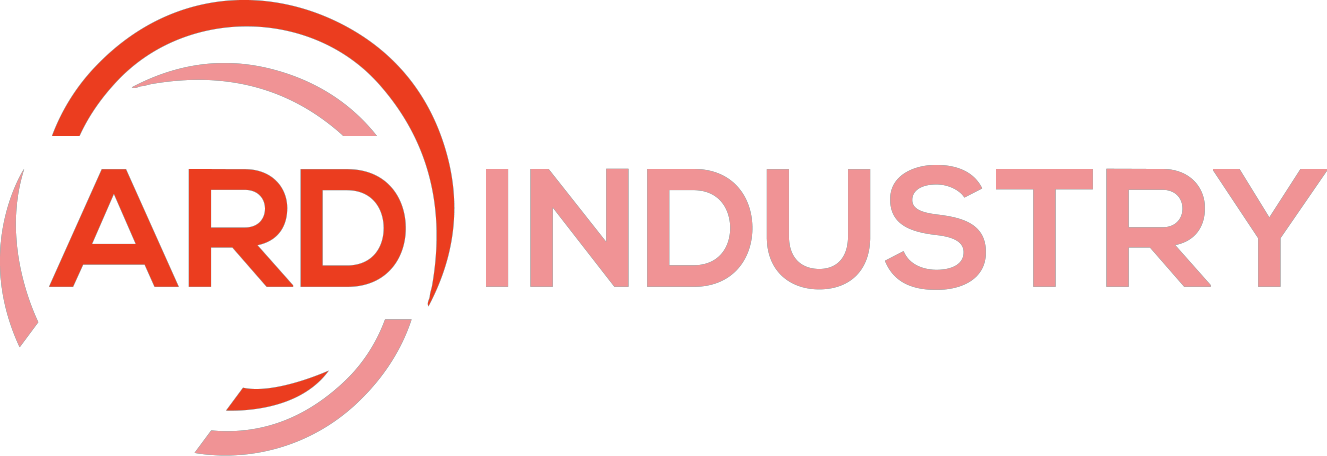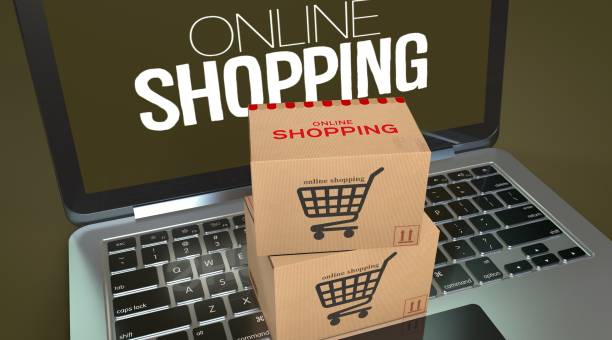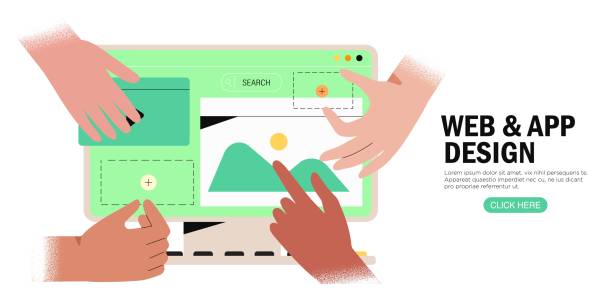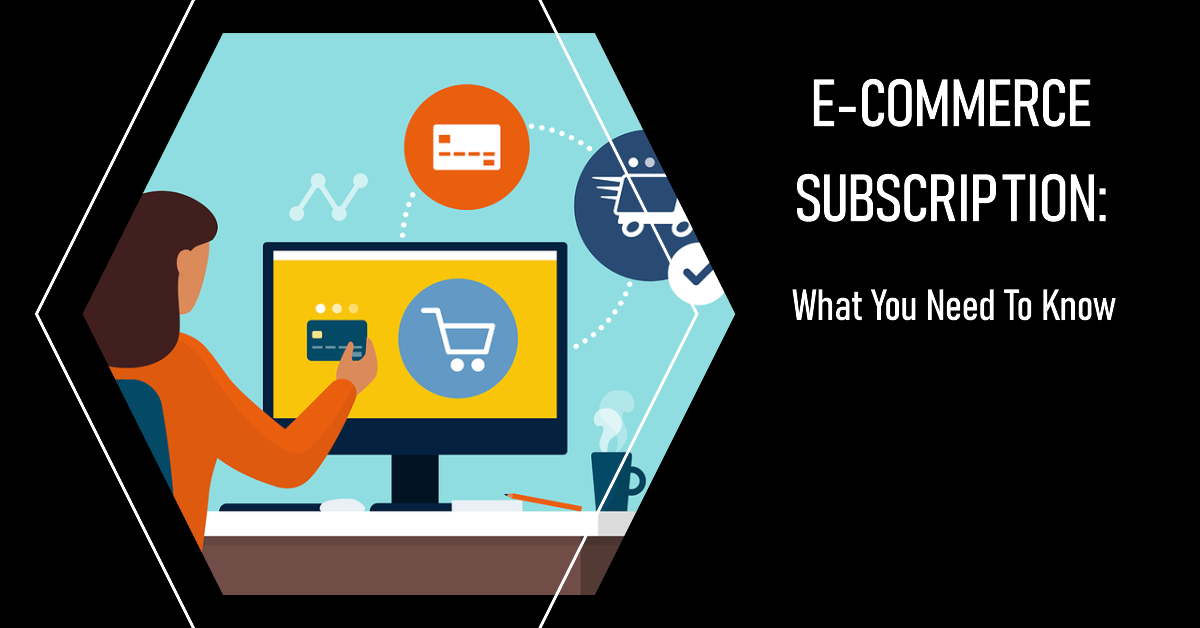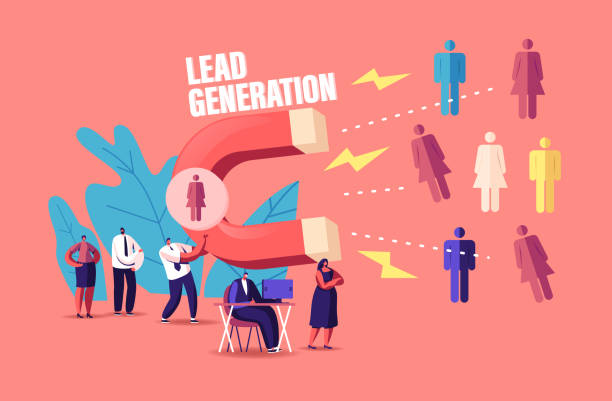Creating an effective landing page is crucial for any online business. It serves as the first impression visitors get of your brand and can significantly impact your conversion rates. Also, with numerous landing page design tools available, choosing between free and paid options can be daunting. In this blog post, we’ll explore the benefits and drawbacks of both free and paid landing page design tools to help you decide which is right for you.
The Importance of a Good Landing Page
Before diving into the comparison, let’s understand why a good landing page is essential. So, a well-designed landing page:
- Captures Attention: A visually appealing layout and engaging content grab visitors’ attention and encourage them to stay.
- Conveys Your Message: Clear and concise messaging helps visitors understand your offer and its value.
- Builds Trust: Professional design elements and social proof build credibility and trust with your audience.
- Boosts Conversions: A strategically designed landing page with compelling calls-to-action (CTAs) can significantly increase conversion rates.
Given these factors, choosing the right tool for your landing page design is critical. So, let’s explore the free and paid options available.
Free Landing Page Design Tools
Free landing page design tools offer budget-friendly solutions for creating effective landing pages. Additionally, ideal for startups and small businesses, these tools provide essential features and easy-to-use interfaces. Let’s explore their pros and cons.
Pros of Free Tools
- Cost-Effective: The most obvious benefit of free tools is that they don’t require any financial investment. This is particularly advantageous for startups and small businesses with limited budgets.
- Ease of Use: Many free tools have user-friendly interfaces and drag-and-drop builders. Additionally, this makes it easy for beginners to create landing pages without advanced technical skills.
- Basic Functionality: Free tools typically provide essential features like templates, basic design elements, and integration with popular email marketing platforms.
Cons of Free Tools
- Limited Features: Free tools often come with restricted functionalities. Advanced features such as A/B testing, advanced analytics, and extensive customization options may be missing.
- Branding and Ads: Some free tools include the tool’s branding on your landing page or display ads, which can detract from your brand’s professionalism.
- Template Restrictions: The number of templates available in free tools is usually limited, reducing your options for unique and customized designs.
- Support Limitations: Free tools typically offer limited customer support, which can be a challenge if you encounter technical issues.

Popular Free Landing Page Design Tools
- Mailchimp: Known primarily for email marketing, Mailchimp also offers a free landing page builder with basic templates and integrations.
- Wix: Wix provides a free plan that includes a drag-and-drop builder, though it comes with Wix branding and ads.
- HubSpot: HubSpot’s free plan includes a landing page builder with basic features and integration with their CRM platform.
Paid Landing Page Design Tools
Paid landing page design tools offer advanced features, professional templates, and dedicated support. Moreover, perfect for businesses looking to enhance their marketing efforts, these tools provide greater customization and scalability. So, let’s examine the benefits and drawbacks of paid options.
Pros of Paid Tools
- Advanced Features: Paid tools offer a wide range of advanced features, including A/B testing, detailed analytics, dynamic content, and more customization options.
- Professional Templates: Access to a broader selection of high-quality, professionally designed templates can help create a more polished and unique landing page.
- No Branding or Ads: Paid tools typically do not include any tool-related branding or ads, allowing your landing page to focus solely on your brand.
- Better Support: Paid tools usually come with dedicated customer support, ensuring you get help when you need it.
- Integrations: Paid tools often offer more robust integrations with other marketing and sales platforms, enhancing your overall marketing strategy.
Cons of Paid Tools
- Cost: The primary drawback of paid tools is the financial investment required. Also, subscriptions can range from affordable monthly fees to more expensive plans for advanced features.
- Learning Curve: Some paid tools may have a steeper learning curve due to their extensive features and customization options.

Popular Paid Landing Page Design Tools
- Unbounce: Known for its advanced A/B testing, dynamic text replacement, and extensive template library, Unbounce is a favorite among marketers.
- Leadpages: Leadpages offers a range of features, including drag-and-drop editing, A/B testing, and integrations with numerous marketing tools.
- Instapage: Instapage is renowned for its easy-to-use interface, advanced analytics, and powerful personalization features.
Which Is Right for You?
Choosing between free and paid landing page design tools depends on several factors, including your budget, business needs, and technical expertise. So, here’s a quick guide to help you decide:
Choose Free Tools If:
- You’re Just Starting: If you’re a startup or small business with a limited budget, free tools provide a cost-effective way to create functional landing pages.
- Basic Functionality Is Enough: If you only need essential features and are okay with limited customization options, free tools can meet your needs.
- Testing the Waters: If you’re new to landing page design and want to experiment before committing to a paid tool, starting with a free option is a smart move.
Choose Paid Tools If:
- You Need Advanced Features: If your marketing strategy requires advanced features like A/B testing, detailed analytics, and dynamic content, a paid tool is worth the investment.
- Professionalism Matters: For businesses that prioritize a professional appearance and want to avoid tool branding and ads, paid tools are the way to go.
- Scalability: If you plan to scale your marketing efforts and need a tool that can grow with you, investing in a paid solution is a wise choice.
- Support Is Crucial: If having access to dedicated customer support is important to you, a paid tool will provide the assistance you need.

Conclusion
Both free and paid landing page design tools have their own sets of advantages and disadvantages. Additionally, free tools are an excellent choice for those just starting out or with basic needs, offering cost-effective solutions to create functional landing pages. On the other hand, paid tools provide advanced features, professional templates, and better support, making them ideal for businesses looking to scale and enhance their marketing efforts.
Lastly, the right choice depends on your specific needs, budget, and goals. So, by carefully evaluating the pros and cons of each option, you can make an informed decision that aligns with your business objectives and sets you up for landing page success.
